The Loudness War is all about making music louder, but at the cost of dynamic range and overall audio fidelity (which you never want).
Since the 80s, this battle for loudness has shaped how modern music is produced, mastered, consumed, etc.
As producers, understanding the loudness war and knowing whether it’s still relevant today is key to banging out professional music.
It determines how your tracks will sound on streaming services, in clubs, and even on the radio.
Knowing how to balance loudness with dynamic music sounds can truly make or break your track’s impact, especially when we’re talking mastering or releasing it.
That’s why we’re breaking down everything you need to know about the loudness wars, like:
- What the Loudness War is ✓
- Dynamic Range vs. Loudness Range ✓
- How Loudness Affects Music Quality ✓
- Loudness Standards for Streaming ✓
- Whether the Loudness War is still relevant in 2024 ✓
- Tips for Balancing Loudness and Dynamics ✓
- Pro Mastering Techniques ✓
- How to maintain proper headroom ✓
- Bonuses like Dynamic Range Day ✓
- Criticism and Backlash Against the Loudness War ✓
- Much more about the loudness war ✓
After today’s article, you’ll know all about the Loudness War and its crazy impact on sound quality so you don’t end up releasing amateur-sounding music.
Plus, you’ll know exactly how to deal with loudness while preserving dynamic range, clarity, and audio fidelity, which is what it’s all about.
After today, your tracks will not only sound louder but also comply with platform standards 一 maintaining both punch and clarity like a boss.
Table of Contents
- What is the Loudness War?
- Dynamic Range and Loudness Range
- How the Loudness War Affects Your Music Quality
- Loudness Metering 101
- Is the Loudness War Still Relevant Today?
- Bonus: Balancing Loudness and Dynamics: The Best Mastering Techniques
- Bonus: What’s This Dynamic Range Day I’ve Been Hearing About?
- Final Thoughts
What is the Loudness War?
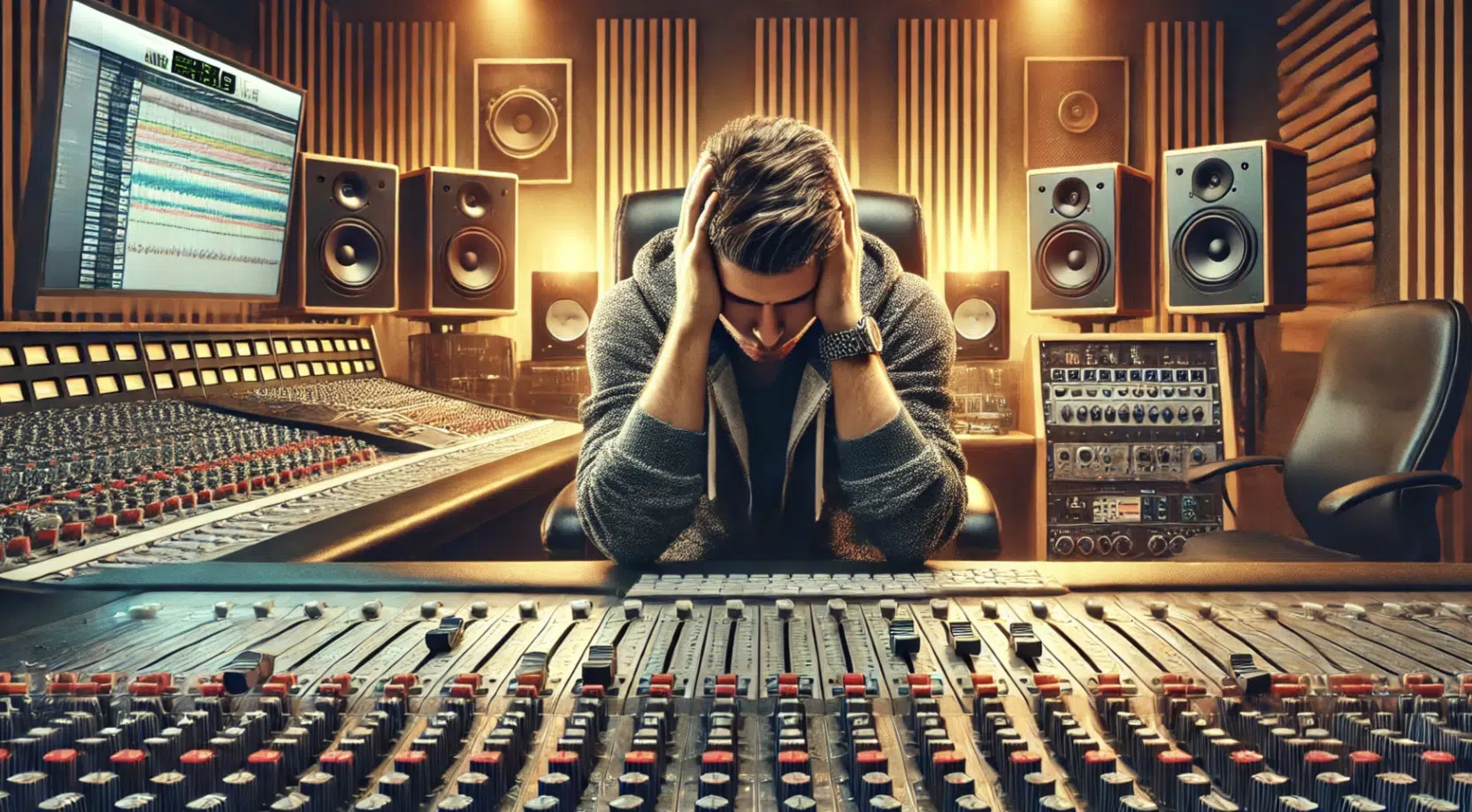
The so-called loudness war is the ongoing battle to make music ‘louder,’ starting from the late 1980s and really peaking in the mid-2000s.
Back then, record labels, producers, and mastering engineers were competing to make their tracks sound louder than everybody else’s.
Especially when it came to radio play and later, for streaming services.
The idea was simple: louder music catches our attention faster, whether it’s on the radio, in a noisy bar, playing through car speakers, etc.
But the downside… It sacrificed dynamic range (that natural shift between softer and louder moments in a song).
You might have noticed this with albums like Death Magnetic by Metallica, which was so compressed that guitar hero fans even noticed clipping and distortion.
The original goal of the loudness war was to create louder tracks without hitting 0 dBFS 一 which is the upper limit of digital audio.
But in reality, we ended up with more audio compression, often with the help of brickwall limiters that leave absolutely no room for the music to breathe.
This dramatically reduced its dynamic range, which was horrible.
It not only affected the sound’s overall richness but actually made music sound worse by causing distortion and fatiguing the listener over time (ear fatigue).
Don’t worry, we’ll break down everything you need to know about the loudness war throughout the article so you get a solid understanding.
This way you won’t have a Metallica record problem on your hands.
Dynamic Range and Loudness Range
To really understand the loudness war, we need to break down two major concepts: dynamic range and loudness range. Both play a massive role in how music sounds, affecting everything from its audio fidelity to how it’s perceived on different playback systems.
-
What is Dynamic Range Exactly?
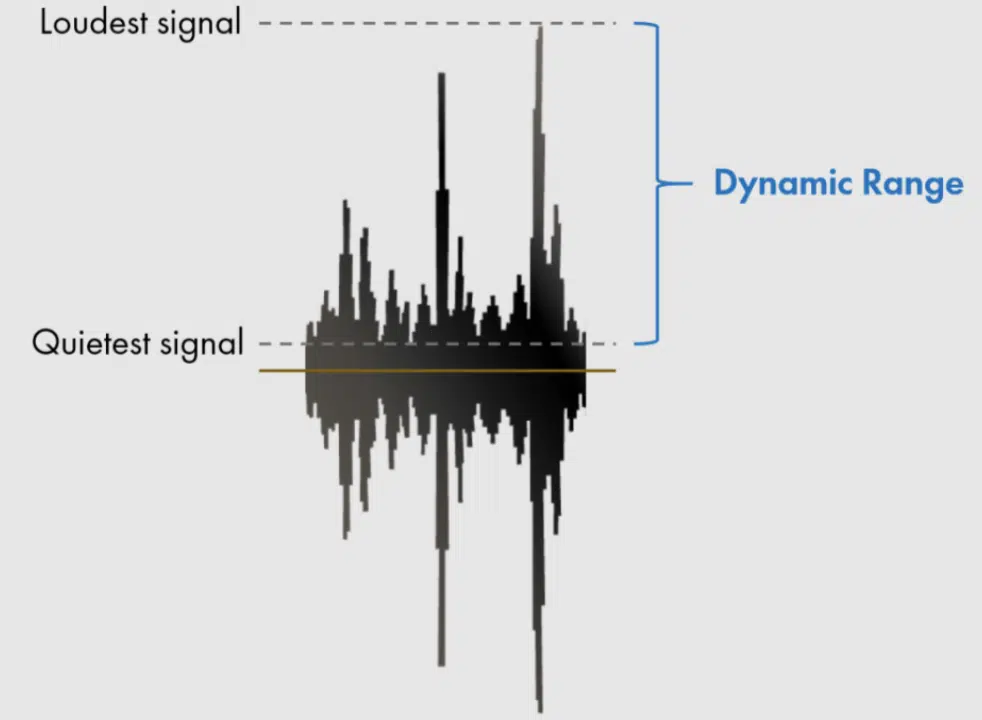
Dynamic range refers to the difference between the quietest and loudest parts of an audio signal, measured in decibels (dB).
It’s what gives music that signature punch and emotional impact so softer moments can contrast with louder hits the right way.
For example, in a typical hip-hop or trap track, you’ll usually want a dynamic range of around 6-10 dB, with hard-hitting kicks and snares standing out against more laid-back melodic elements.
On the flip side, a more compressed pop or EDM track might have a narrower dynamic range, around 4-6 dB.
Everything is much closer in volume to achieve that “wall of sound” effect.
While this can make music sound good/fuller on smaller speakers or earbuds, it can also cause tracks to feel overly compressed, losing some of their natural feel.
From a mastering point of view, it’s important to maintain enough headroom (typically 3-6 dB before final limiting) to preserve transients.
It also allows for proper gain reduction when you’re limiting as well.
A track with a good crest factor (i.e., the ratio of peak levels to RMS levels) will feel more energetic and clear, without causing distortion or clipping.
NOTE: Remember, when we talk about preserving dynamic range, it’s all about finding the right balance. Making sure your music can hit hard while still retaining detail and clarity across different playback systems is everything.
-
Loudness Range vs. Dynamic Range
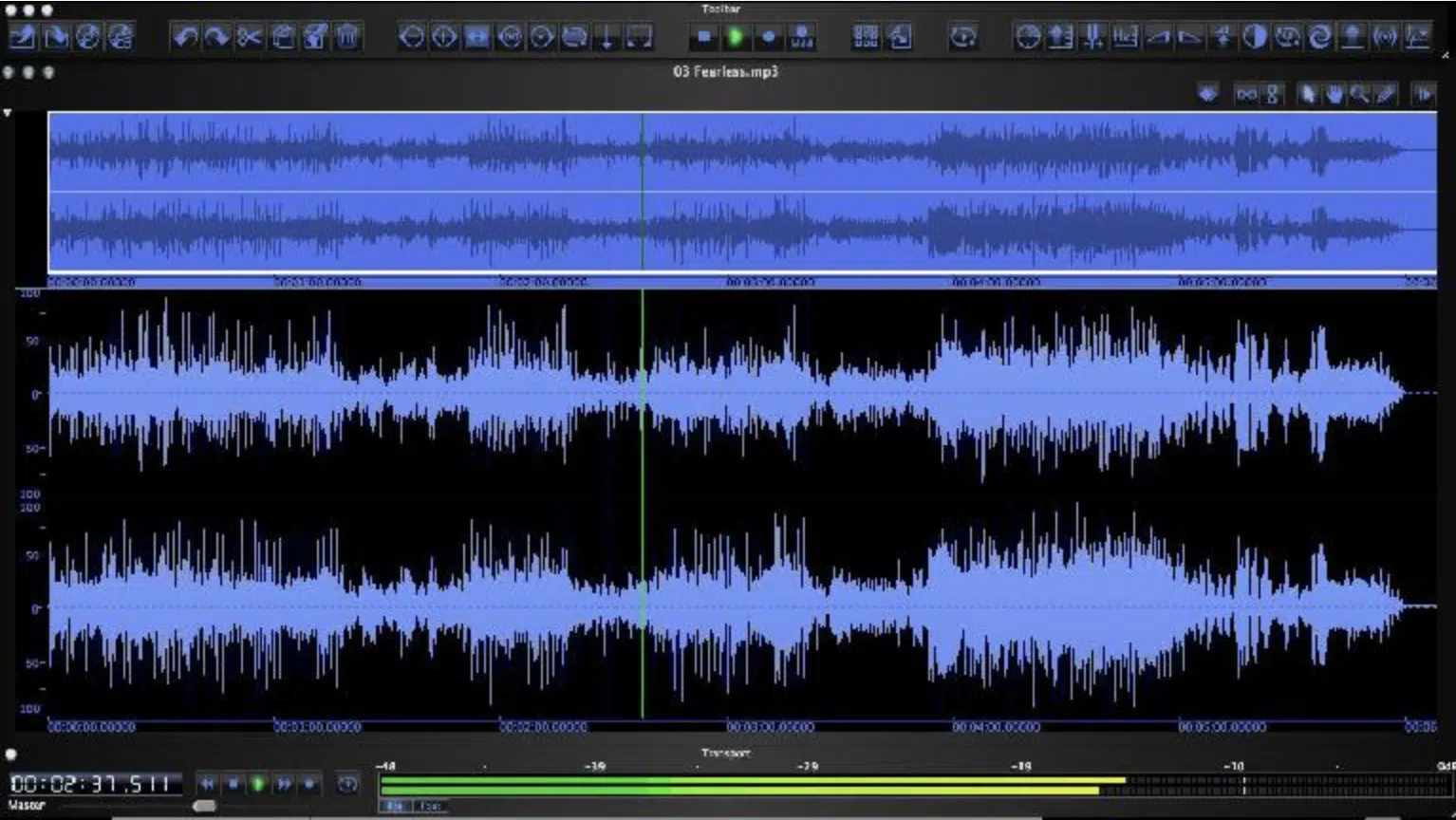
Dynamic range, as we just covered, deals with the absolute difference between the quietest and loudest parts.
Loudness range, on the other hand, measures the variability of integrated loudness throughout a song.
Meaning, while a ballad might have a wide dynamic range with dramatic volume shifts, its loudness range might be narrower since the changes happen gradually.
Or, when it comes to an EDM drop, there’s a super sharp increase of loudness, which makes the loudness range quite significant.
Understanding this difference matters a lot when it comes to mastering for streaming services, which now have standardized targets like -14 LUFS (Loudness Units Full Scale).
It’s all about ensuring consistent playback across songs, albums, and listening devices.
This way, the loudest parts don’t overpower quieter ones when played on platforms like Spotify or Apple Music (blowing your freakin’ ears out in the process).
Keeping a solid loudness range helps avoid the overly “flat” sound that comes from heavy compression… I’m sure you can think of a few songs that made you cringe.
For producers like us, it’s all about finding a sweet spot: balancing dynamic range to keep the music expressive while managing loudness range, period.
This way it will be professional, pristine, and can compete on all listening platforms.
How the Loudness War Affects Your Music Quality
The loudness war (also called the loudness race/loudness wars) has had a huge impact on the overall sound quality of recorded music. So, for this next section, let’s break down how limiting and compression techniques can really help your music sound good, professional and pristine. Plus, it will enhance your music production skills and understanding of the loudness war as a whole, too.
-
Limiting & Compression Techniques (Their Impact)
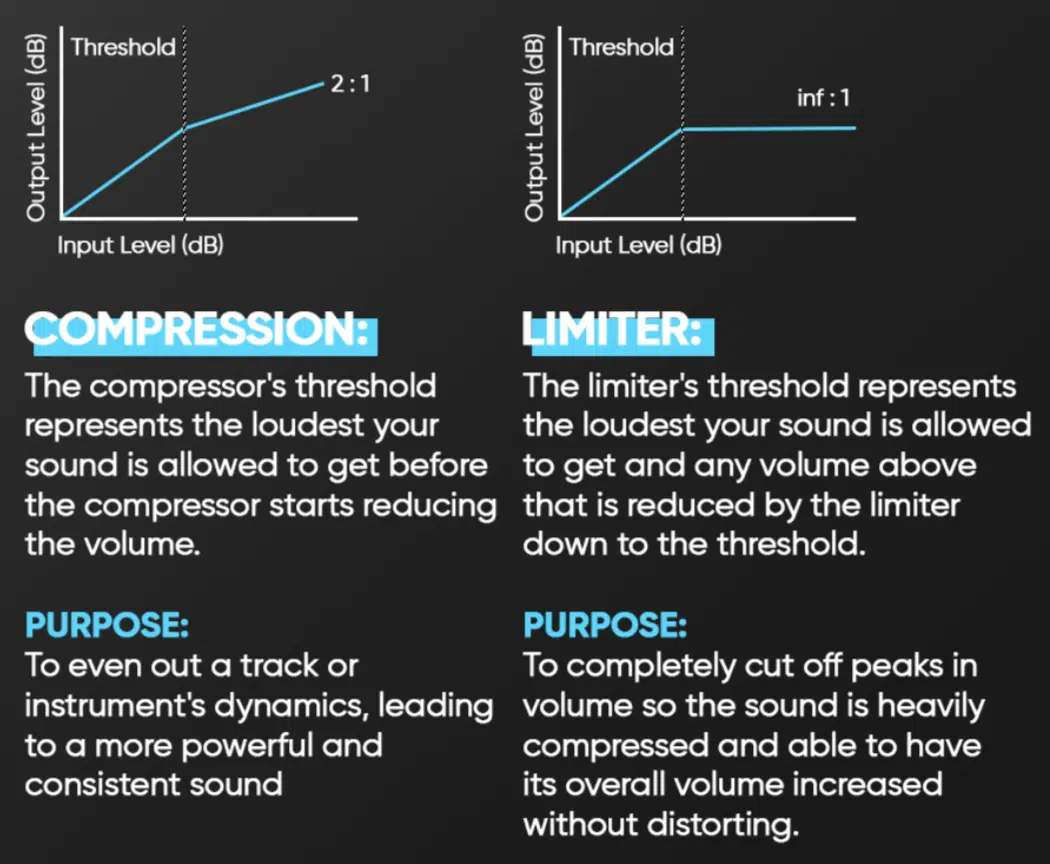
Limiting and compression are the two main things used to increase the loudness of tracks, especially during the mastering process.
Limiting is designed to prevent audio peaks from exceeding 0 dBFS so no digital clipping happens.
This is done by capping the highest peaks of the audio signal so more gain can be added without distortion.
For example, a typical pop track might have a gain reduction of up to 6 dB to achieve competitive loudness.
While this makes the audio louder, it can also result in a “squashed” sound, as transients (the initial peaks of sounds like snares and kicks) lose their punch and clarity.
Compression, on the other hand, reduces the dynamic range by lowering the volume of louder elements while boosting quieter parts.
This technique, even though it’s effective at achieving dynamic music sounds, can lead to over-compressed loud tracks that sound overly consistent.
They can end up lacking the natural ebb and flow of dynamic music, which subconsciously people naturally dislike.
When you go overboard, both limiting and compression can make music sound unnatural 一 removing important details that give it depth and character.
Again, it’s all about finding the right balance because you want the sound quality to be on point yet still achieve the proper “loudness” that is standard in today’s industry.
You don’t just want loud music, you want super clean tracks (otherwise your music sounds worse and will get skipped over).
-
Listener Fatigue and Distortion
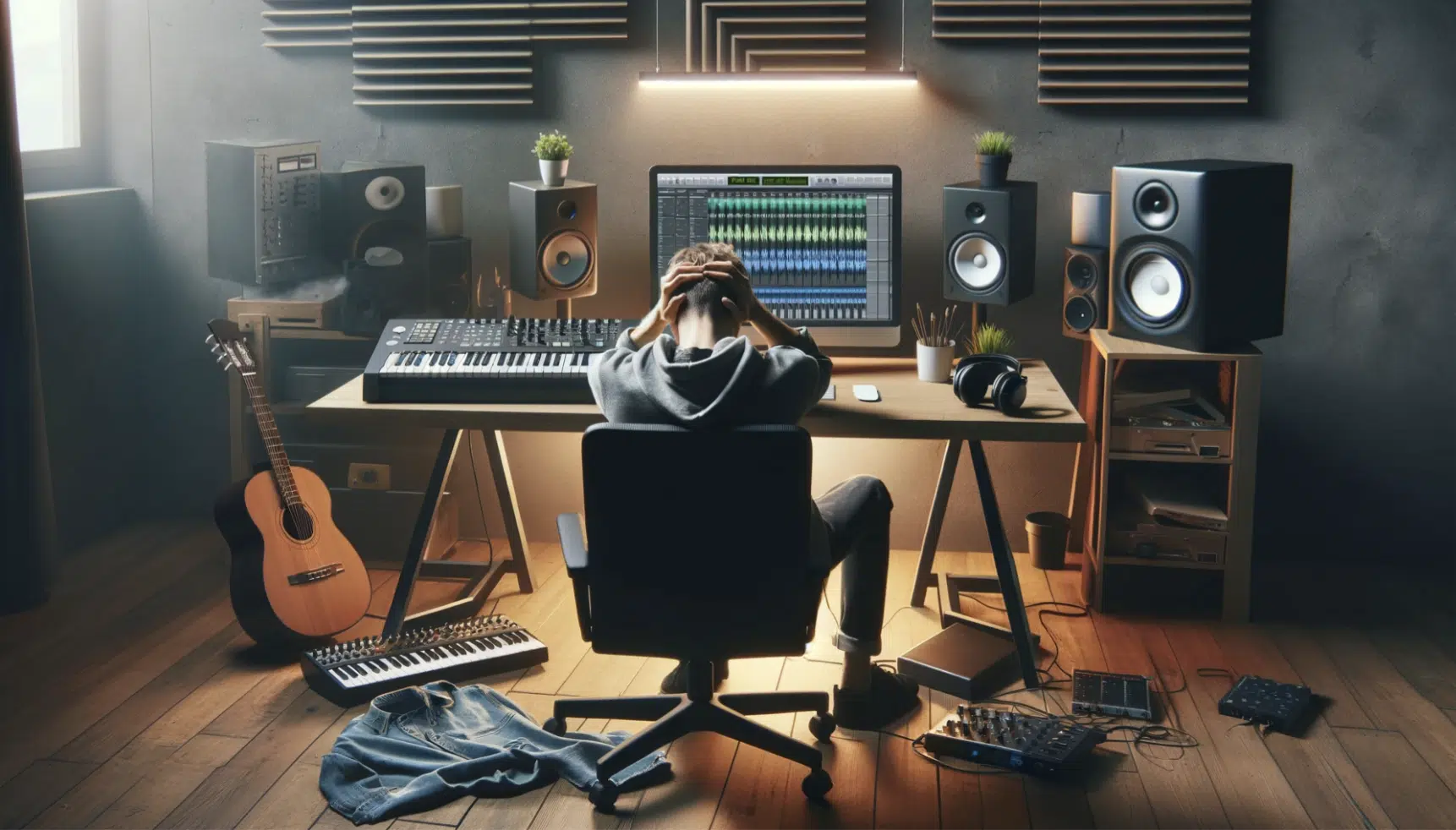
Striving for the perfect loudness can lead to listener fatigue, a phenomenon where music becomes tiring to hear over time.
And yes, it’s a very real thing, so don’t listen to anyone who says it’s B.S because, believe it or not, a lot of people I’ve taught don’t believe in it.
This is usually due to the aggressive flattening of dynamic range, which causes all elements of a song to sit at nearly the same loudness level.
For example, while it might seem exciting at first, the constant high volume of over-compressed tracks can overwhelm the ears and even cause damage.
This makes it super hard (almost impossible, really) to enjoy longer listening sessions.
This isn’t just about losing details…
It’s also about sacrificing the natural flow of music 一 moments that should be soft lose their intimacy, and moments that should be impactful lack punch.
Distortion is another side effect as we talked about, often caused by brickwall limiters pushing the audio beyond its peak levels.
This kind of distortion not only reduces audio fidelity but can also create harsh, unpleasant frequencies.
-
Loudness Standards for Streaming Platforms
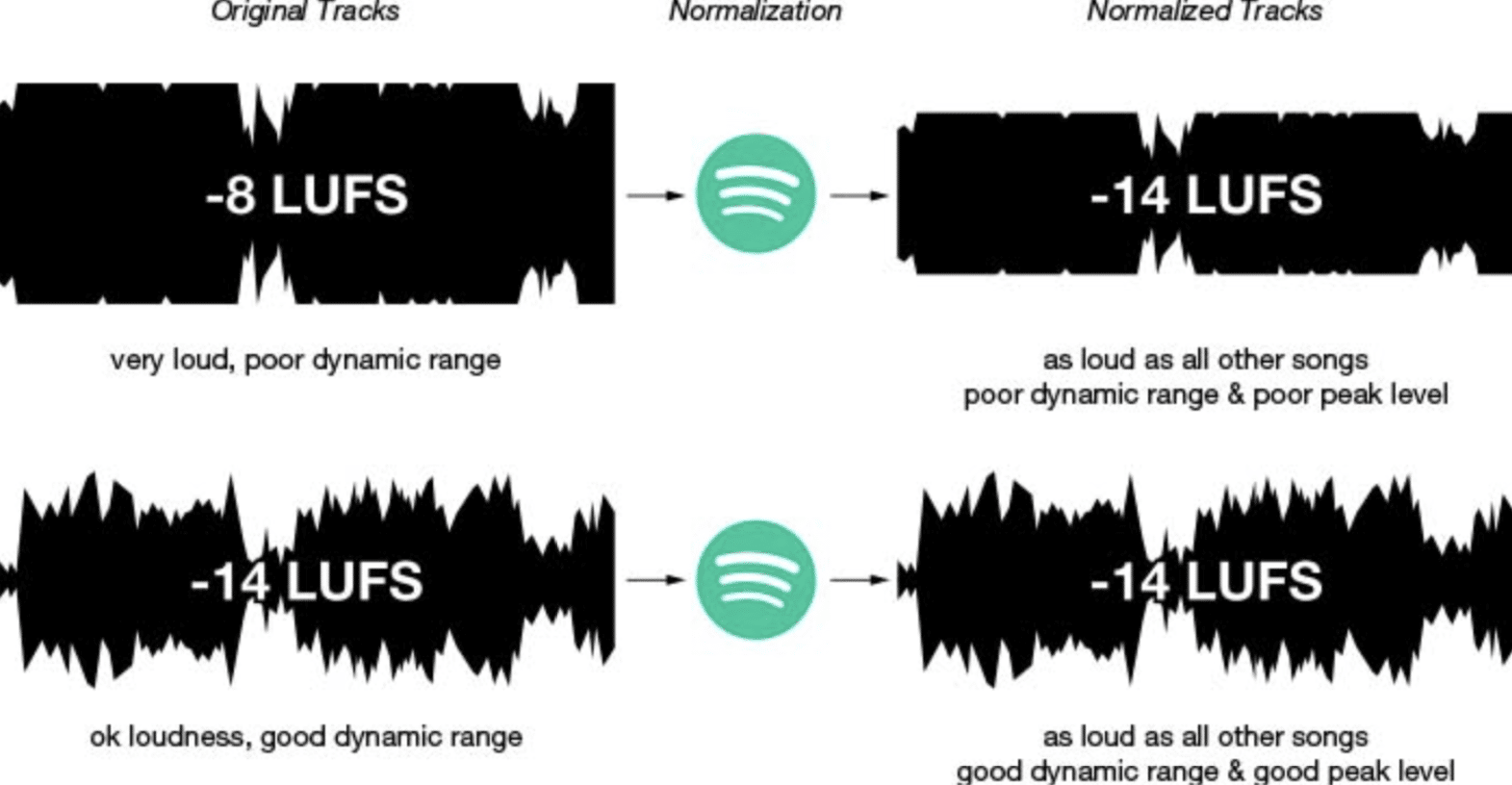
Streaming platforms like Spotify, Apple Music, and YouTube have implemented standardized loudness targets to create a balanced listening experience.
That’s a big part of why the loudness war blew up in the first place.
Most streaming platforms aim for an integrated loudness of around -14 LUFS (Loudness Units Full Scale), meaning they’ll normalize the volume of tracks that exceed this exact level.
For example, if a song is mastered at -8 LUFS, it will be turned down during playback to meet the platform’s standard.
This helps ensure that tracks maintain their dynamic range while preventing excessive loudness that could lead to distortion.
On platforms like Apple Music, the focus on audio fidelity is even greater, sometimes recommending mastering closer to -16 LUFS to preserve a wider loudness range.
These adjustments help maintain consistent average levels across different popular music genres, whether it’s hip-hop, EDM, or acoustic ballads.
- Spotify 一 Integrated loudness: -14 LUFS/True Peak: -1 dBTP for quieter masters, -2 dBTP for louder tracks.
- Apple Music 一 Integrated loudness: -16 LUFS/True Peak: -1 dBTP.
- YouTube 一 Integrated loudness: -14 LUFS/True Peak: -2 dBTP.
- Tidal 一 Integrated loudness: -14 LUFS/True Peak: -1 dBTP for quieter masters, -2 dBTP for louder tracks.
- Amazon Music 一 Integrated loudness: -13 LUFS/True Peak: -1 dBTP for quieter masters, -2 dBTP for louder tracks.
- SoundCloud 一 Integrated loudness: -14 LUFS/True Peak: -1 dBTP for quieter masters, -2 dBTP for louder tracks.
- Bandcamp 一 No normalization/Suggested True Peak: -2 dBTP to avoid distortion during playback.
While some producers may still try to maximize loudness for impact, knowing these standards/average levels will help you make the right decisions.
You’ll know exactly how loud to master your tracks for optimal sound quality.
So, whether it’s club-ready bangers or laid-back lo-fi beats, keeping within these average loudness limits can help you maintain clarity without any negative effects.
-
Bonus: Loudness Standards for Media, Radio & CD (Compact Disc) Releases
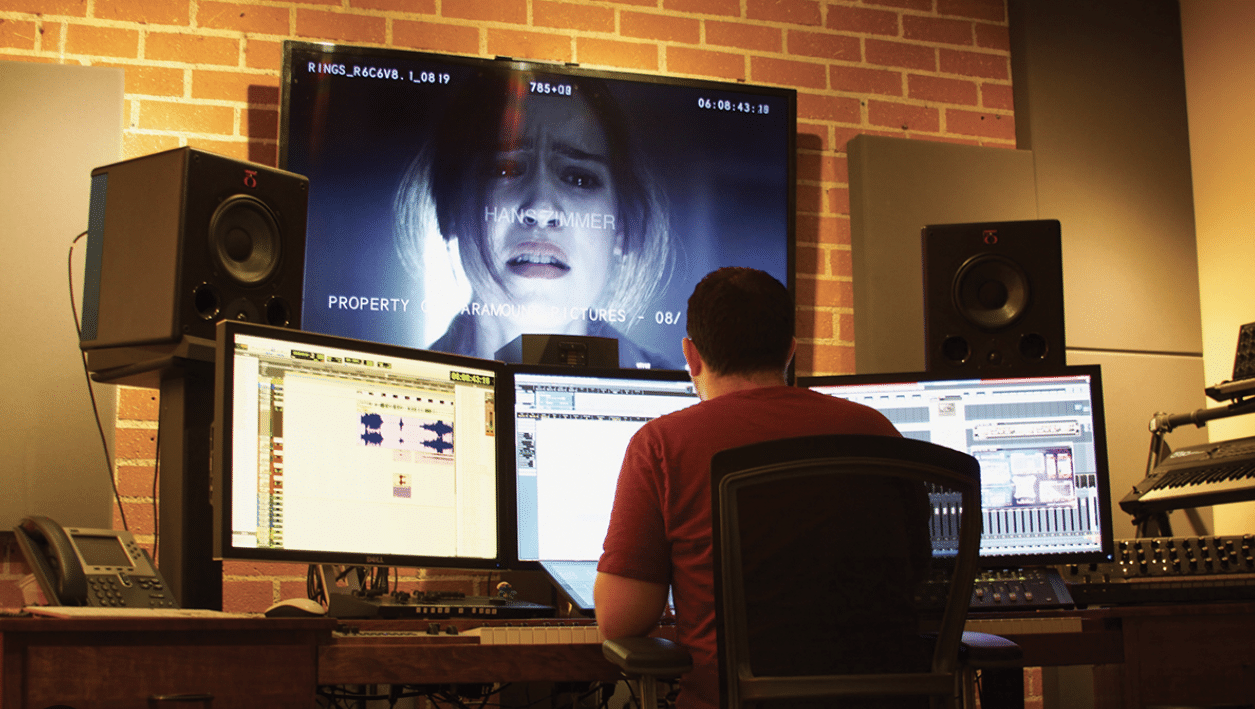
While streaming services have taken the lead on loudness normalization, traditional media like radio, TV, and even CD releases follow their own standards.
I thought since we’re talking all about Loudness War that it would be wrong to not involve the classics in this discussion.
For radio, tracks often need to be louder, with some stations pushing for -10 to -12 LUFS, depending on the genre.
This is because radio signals are heavily compressed to ensure consistent playback across different speakers and environments.
CD versions, particularly those from the CD era of the 1990s and early 2000s, were mastered louder to stand out on both personal and car stereos.
You might remember iconic albums like Oasis’ Be Here Now, which was the loudest CD release of that time, with tracks peaking at -6 LUFS (yikes).
Any mastering engineer/audio engineer you talk to today would recommend mastering your CD version or albums and EPs around -9 to -11 LUFS.
This way you have loud music but it still allows for decent dynamic range.
For TV and film, the EBU R128 standard is widely used, aiming for -23 LUFS to retain more natural dynamic music sounds that make cinematic experiences come alive.
Whatever the case may be, even down to a video game standard, knowing these targets helps us balance dynamic compression and volume control.
It’s all about making sure our music sounds good on every single medium in existence (for the most part), whether it’s on analog recordings or digital formats.
Loudness Metering 101
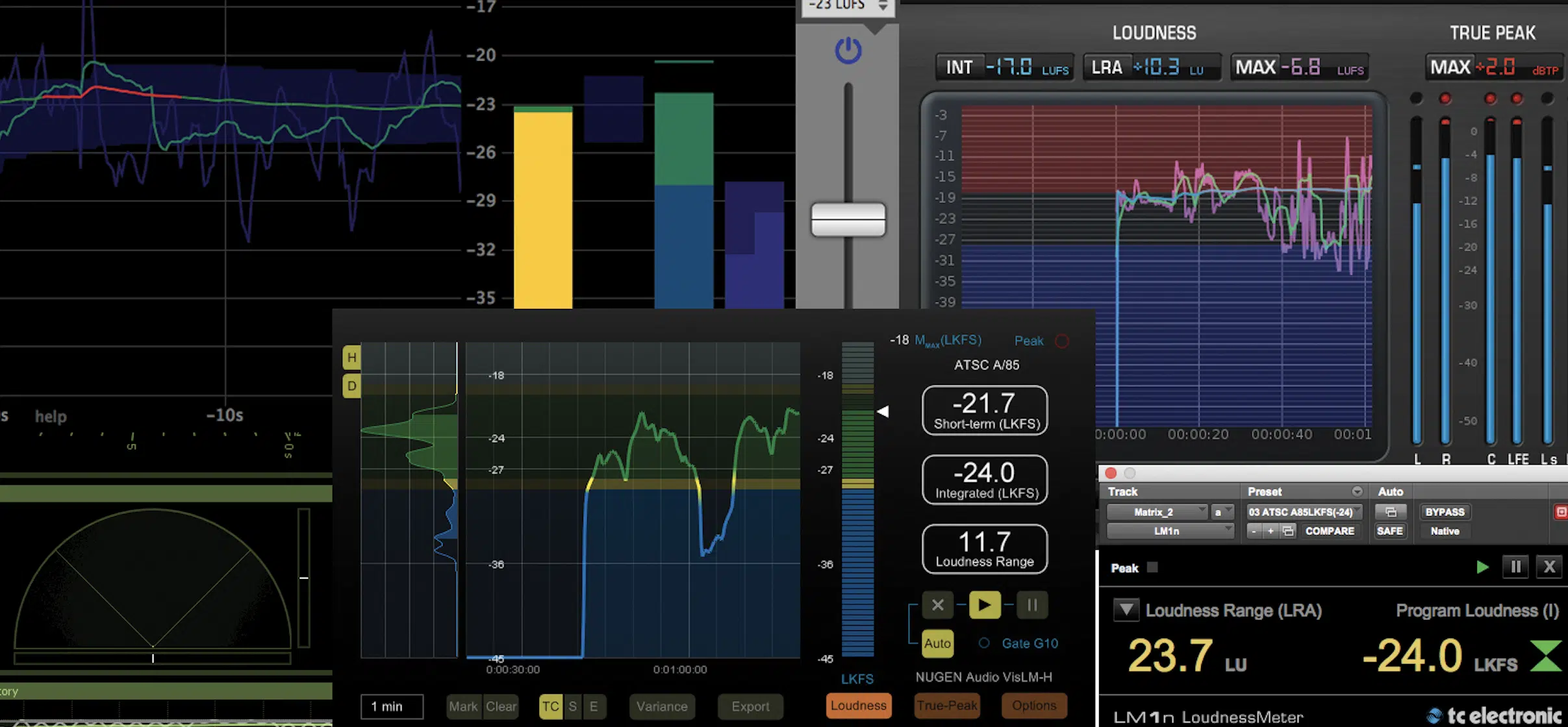
In recent years, loudness metering has become a non-negotiable part of the mastering process for obvious reasons.
It helped producers (and of course, a mastering engineer) ensure that songs are loud without sacrificing dynamic range, which people prefer, obviously.
Plugins like Insight 2 and Youlean Loudness Meter offer advanced real-time analysis that measures:
- Integrated loudness
- Short-term loudness (averaged over 3 seconds)
- Momentary loudness (averaged over 400 ms)
These meters use units like LUFS and RMS level to provide a more accurate representation of perceived loudness across tracks.
For example, LUFS meters help ensure that the average loudness meets platform standards while also showing peak levels to prevent clipping, easy peasy.
The true peak level feature in many of these meters is essential for catching inter-sample peaks, ensuring that no distortion occurs even after more compression.
Some meters, like the Waves WLM Plus, also offer features like “Target Loudness” presets so you can set a specific desired loudness unit and tweak accordingly.
Newer metering tools even include features like crest factor analysis, which measures the difference between the peak level and RMS level.
By monitoring not just loudness but also dynamic variability, these tools will help you balance loudness and sound quality like a boss.
Whether you’re creating modern music or remastering older analog recordings, if you’re trying to be a mastering engineer or a professional producer, this is key.
It’ll help you really understand the so-called Loudness War as a whole.
Is the Loudness War Still Relevant Today?

While the loudness war certainly isn’t as intense as it once was, it’s far from over (unfortunately).
With streaming services normalizing playback to ensure consistent average loudness, there’s less reason for producers to master tracks so aggressively.
Especially when you compare it to the peak of the CD era, which doesn’t even apply this past decade, for the most part.
However, in popular music genres like hip-hop, EDM, and pop, loudness still plays a huge role in making songs stand out, especially in club settings and social media clips.
Many producers now aim to strike a balance 一 pushing loudness enough to create impact while preserving the dynamic range that adds emotional depth to music.
And remember, newer mastering tools with advanced loudness range meters have also made it easier to create loud tracks that retain more of their dynamic music sounds.
The debate over whether loudness truly enhances listener engagement continues, with some arguing that dynamic music allows for a more immersive listening experience.
Still, as long as commercial pressures exist the quest for louder tracks will continue, even if it’s more controlled and guided by ‘modern standards.’
So, in my opinion, the whole Loudness War debacle isn’t dying down yet, but hopefully soon.
Bonus: Balancing Loudness and Dynamics: The Best Mastering Techniques
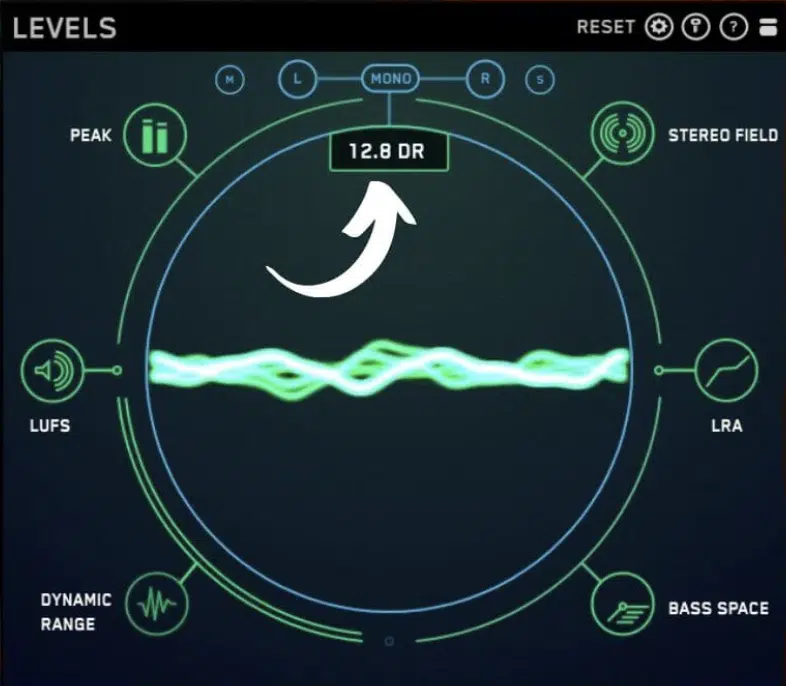
When you’re mastering music, finding the right balance between loudness and dynamic range is what it’s all about.
So, start by setting a target loudness based on the platform; around -14 LUFS for streaming services like Spotify, but closer to -10 LUFS for radio and clubs.
To achieve this, use gentle compression/subtle compression 一 aiming for 2-3 dB of gain reduction to keep the dynamics intact while boosting the average loudness.
I like to use a true peak limiter as the final step in mastering, capping peaks at -1 dBTP to avoid distortion, even after file conversion.
Also, try playing around with parallel compression on elements like drums and vocals to enhance punch and thickness without flattening transients.
You’ll want to typically set a crest factor of around 6-8 dB for aggressive genres like trap or hip-hop.
Using multi-band compression is another great technique that helps you control specific frequency ranges while preserving the overall dynamic range.
To maintain ample headroom (which is insanely important), keep the initial mix bus at around -6 dBFS before applying any limiting.
This will give you more space to work with during mastering.
Throughout the process, use a loudness meter to monitor both integrated loudness and RMS levels so your tracks maintain steady loudness without sounding over-compressed.
By focusing on clarity, punch, and dynamics, you can create music that’s not just loud, but truly impactful on any playback system.
NOTE: Always use reference tracks that match your target loudness, dynamic range, and genre to help you make the right decisions.
Also, make sure you perform a final check using volume control at low playback levels, as this will reveal any over-compression or issues that could affect sound quality.
-
Pro Tip: The Importance of Headroom
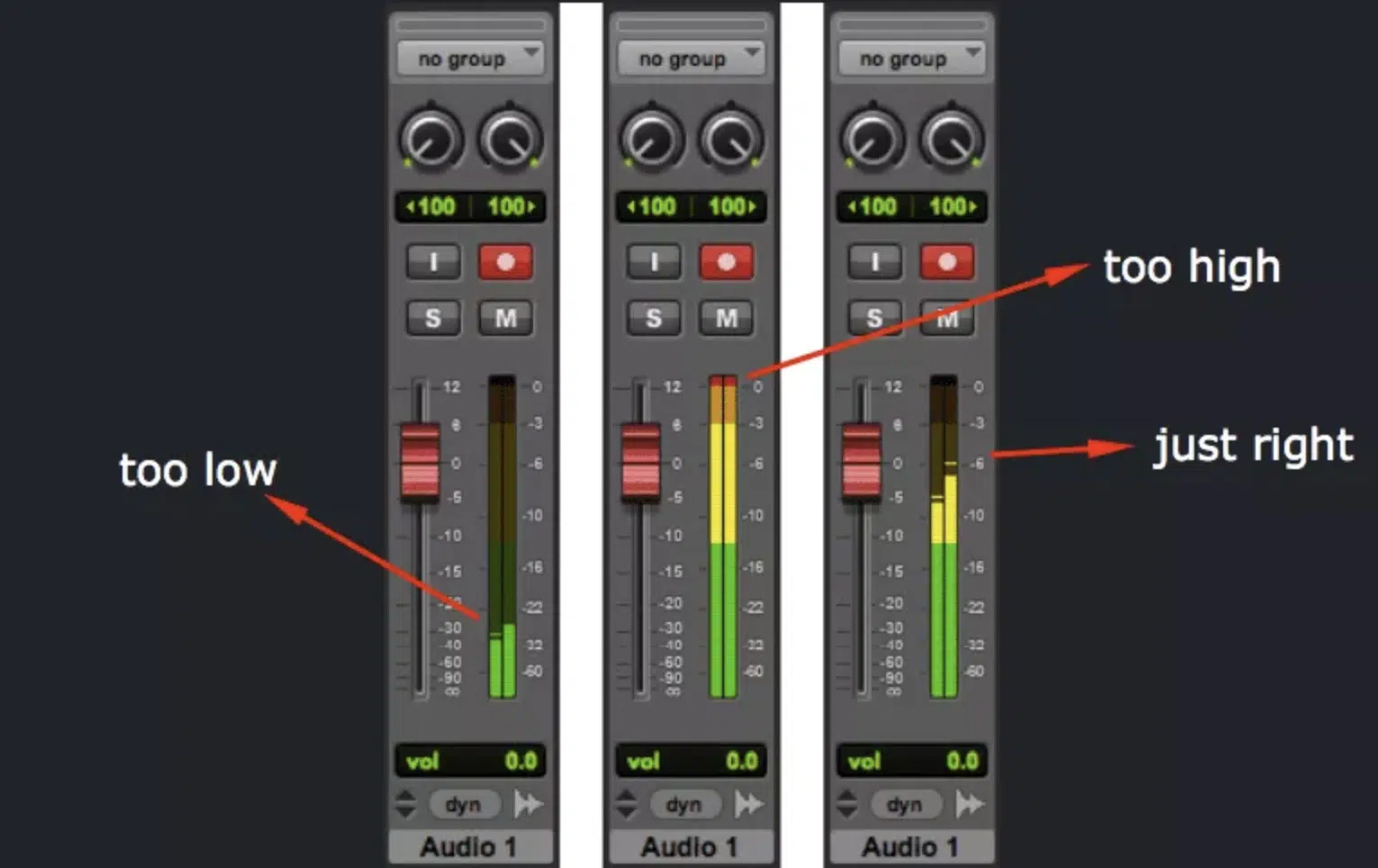
You always want ample headroom when you’re mastering because it preserves the crest factor and helps you achieve clean, punchy, dynamic songs.
Aim for at least 3-6 dB of headroom before the final limiting stage.
Headroom allows the dynamic range to breathe, helping transients retain their impact and giving the track a more natural feel.
Yes, even when targeting loudness standards like -14 LUFS as we talked about.
For example, when mastering an aggressive rock track, keeping a crest factor of around 6-8 dB can ensure the snare and kick maintain their punch without causing distortion.
Ozone (or whatever plugin you like) can help you visualize headroom and true peak level so you can see exactly how much space you have to work with before hitting 0 dBFS.
Also, use gentle dynamic compression on the mix bus 一 focusing on 1-2 dB of reduction to control peaks while keeping dynamics intact.
This way, your final master will be loud/the right average level, but not at the cost of losing any detail, which is absolutely never worth it.
It’s something music critics and music fans alike will both appreciate, trust me.
Remember, headroom isn’t just about leaving space; it’s about preserving the integrity of the music throughout the mastering process.
Bonus: What’s This Dynamic Range Day I’ve Been Hearing About?
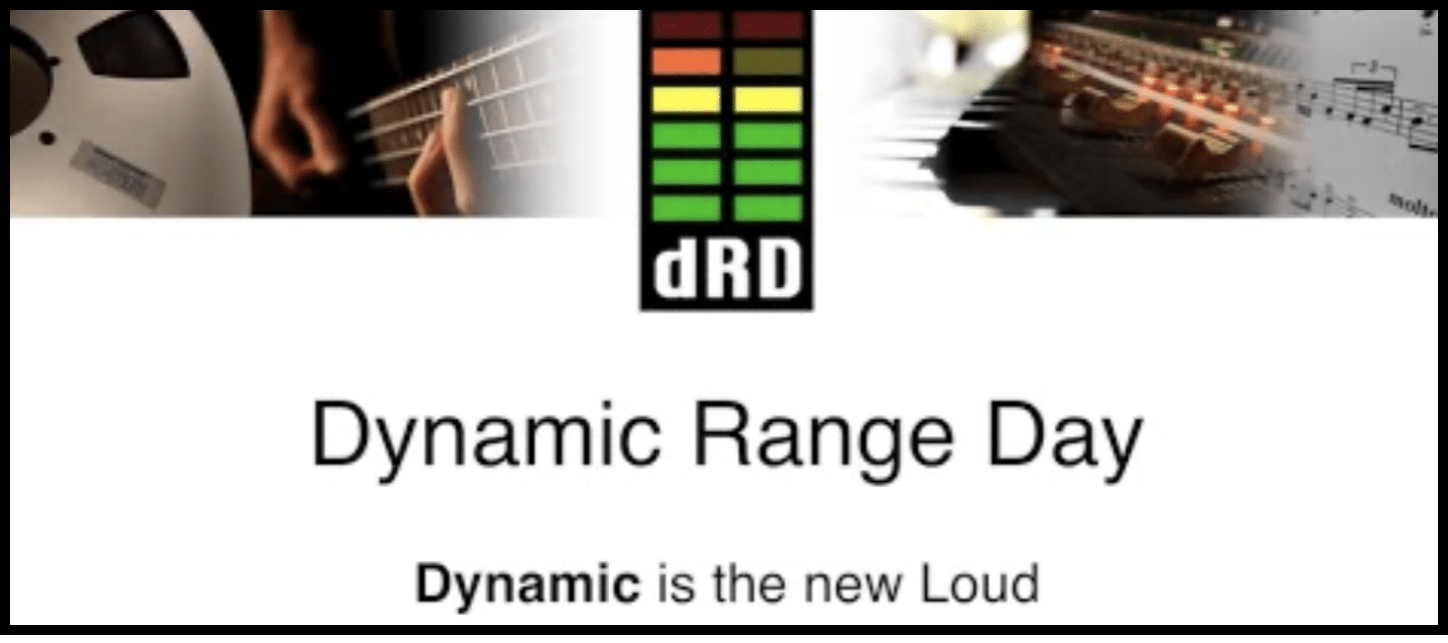
I thought I’d close things out by talking about Dynamic Range Day, which I find super intriguing myself and just learned about a few years ago.
If you’ve never heard about it, Dynamic Range Day is an annual event dedicated to raising awareness about the importance of maintaining dynamic range in music.
It encourages producers, artists, and listeners/music fans to prioritize dynamic music over the pursuit of pure loudness.
It hypes up the value of tracks with a wider dynamic range.
This event celebrates modern records that maintain good dynamic variability, and even offers awards to albums that preserve audio fidelity and clarity while still achieving competitive loudness.
Pretty interesting, right?
Dynamic Range Day is all about trying to forget the loudness war and its outdated way of thinking and leave it in the past.
This movement emphasizes that music sounds better and is more enjoyable when it isn’t over-compressed.
It pushes back against the loudness wars that have dominated the industry before.
Dynamic Range Day is basically a reminder that great sound quality doesn’t have to come at the expense of dynamic range.
The people behind it, and who are a part of it just want producers like us to master tracks with both clarity and loudness in mind, not just one or the other.
By participating in Dynamic Range Day, you can learn techniques that help your songs retain impact while keeping within acceptable loudness standards.
So, mark your calendar for the next Dynamic Range Day and join the growing music production community dedicated to making dynamic, loud music.
In other words, music that doesn’t make people want to tear their hair out.
Final Thoughts
I don’t know about you, but the loudness war, in my opinion, has been both a challenge and a creative motivator.
It’s pushed us to make music louder and more impactful, but it’s also forced us to rethink the balance between loudness and dynamic range.
Regardless of how you feel about it, understanding the loudness war is key for achieving professional-sounding tracks across different platforms.
You need to know how to balance loudness, preserve audio fidelity, and tweak things to match the evolving standards of streaming services.
And now, after reading this article, you’ll never have to worry about clipping or missing loudness targets again.
Speaking of achieving professional results, you’ve got to check out this insanely valuable Free Project Files pack.
Each pack is professionally mixed and mastered to absolute perfection, ensuring you have access to pro-quality sounds right from the start.
From 808 samples to percussion loops, everything is designed to meet current standards while maintaining clarity/punch.
It’s like having the blueprints on building the perfect beat, showing how they are built, balanced, and polished.
Whether you’re producing hip-hop, trap, or pop, they’ll help you maintain the right dynamic range while achieving competitive loudness.
So, as you continue your music production journey, remember: loudness is important, but so is preserving the essence.
Until next time…







Leave a Reply
You must belogged in to post a comment.